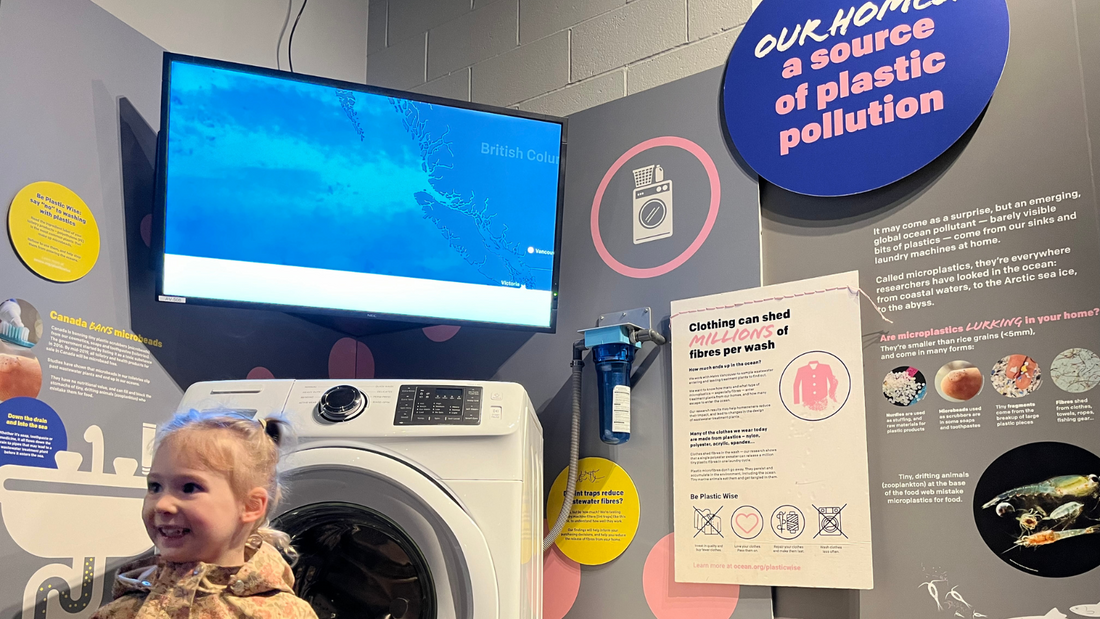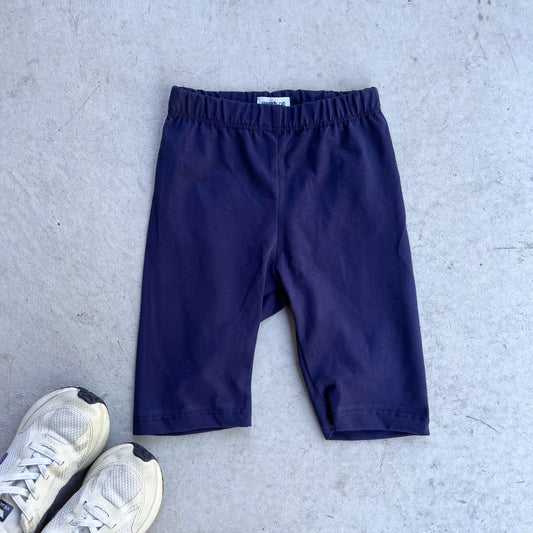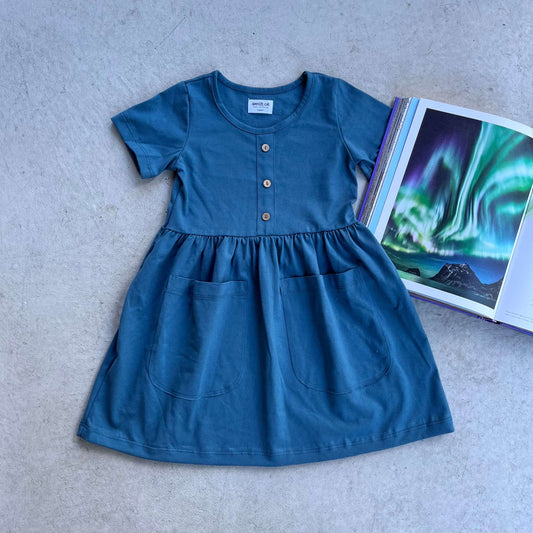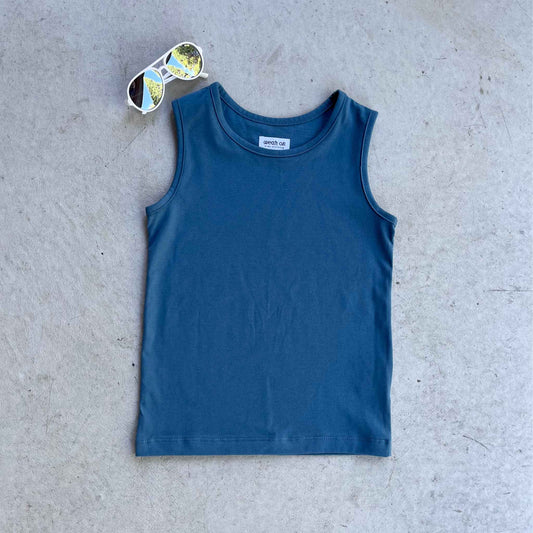
Microplastics, clothing and our water
Share
If you read, listen to or watch the news, you've likely heard about microplastics and the risk they pose to the health of our environment. It's a topic I became concerned about a number of years ago while working with water professionals on issues related to the quality of water in British Columbia. Since then, it's become a subject of concern across numerous industries and areas of practice. Earlier this year, Health Canada announced they are committing $2.1M in funding for research on the health risks of microplastics as there's still so much we don't know about microplastics and their impacts...
You might be wondering what microplastics are - what a great question to ponder! National Geographic encyclopedia describes microplastics as tiny plastic particles (less than 5mm in diameter) that result from commercial product development. This includes microfibers that are shed from clothing made with plastic, particularly while washing, which are then mixed into our water systems when the washing is drained. Unfortunately, wastewater treatment processes are unable to filter out all of these tiny plastic particles. And so they flow into our waterways - oceans, lakes, rivers, and streams - and are ingested by marine animals and other organisms or wash up onto beaches and collect along shorelines. These tiny pieces of plastic continue to collect and build up with larger pieces of plastic waste, creating unsightly garbage and pollution, as they are not biodegradable and cannot be returned to the ground like other organic materials that wash up along our waterways can.


- Buy clothing made from natural fibres, and not blended with or made from synthetic fibres like nylon, lycra, polyester, or spandex. Check out our 100% organic cotton collection or any of our items for your next purchase!
- Decrease the frequency at which you wash items. This is, in my experience, incredibly difficult with kids clothing, but do your best. In our household, I've found we can go a couple of pajama wears before tossing them in the wash.
- Wash with cold water and on the gentle cycle to reduce microfiber shedding.
- Consider washing items made with synthetic fibres inside a GUPPYFRIEND bag or other microfiber filter, which prevent these fibers from washing away.
If you have any other tips or advice to minimize the creation and impacts of microplastics, I would love to hear about them! Remember, no action is too small.








